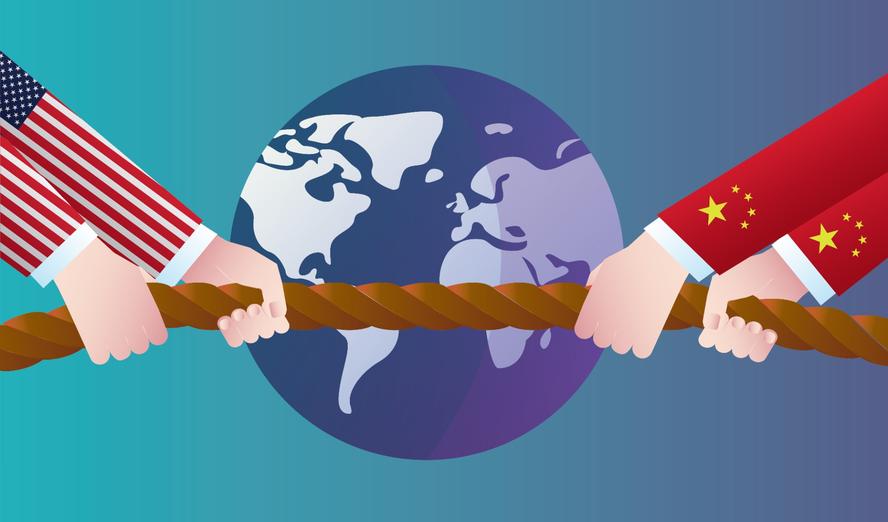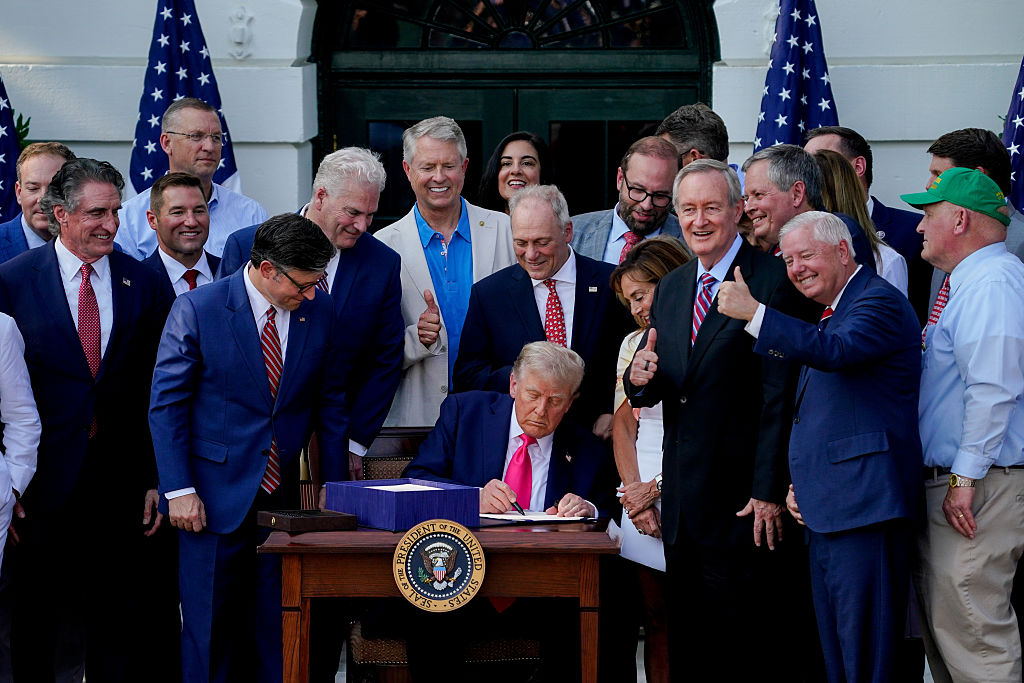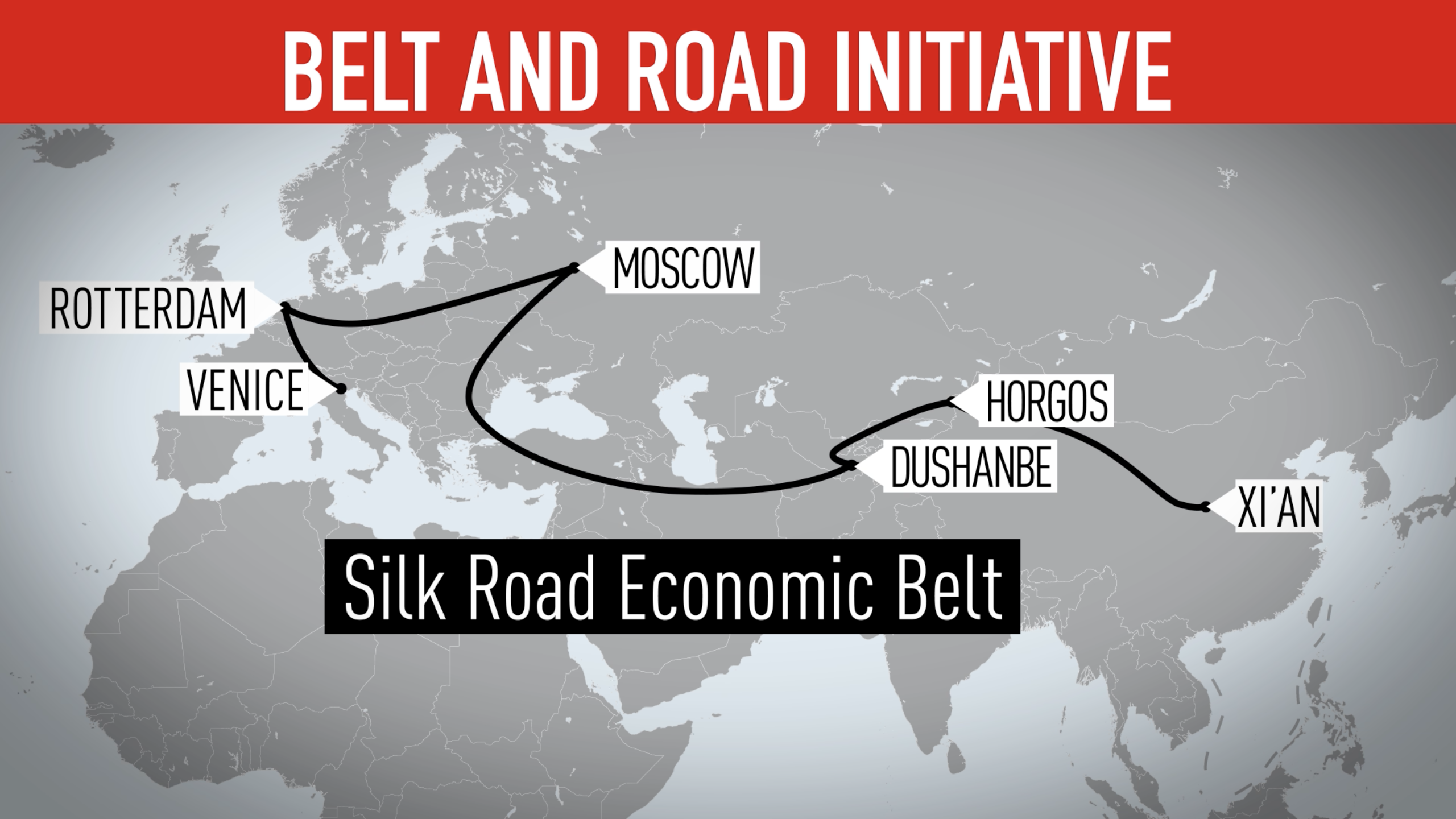The Unstoppable Rise of China: Economics, Tech, and Soft Power
America’s Slow Decline: Polarization, Inequality, and Global Retreat
The Asian American Tightrope: Loyalty Tests and Racial Scapegoating
Opportunities in a Multipolar World: Business, Culture, and Dual Identity
Reclaiming Agency: How Asian Americans Can Shape the Future
The Unstoppable Rise of China: Economics, Tech, and Soft Power
China’s transformation from a manufacturing hub to a tech superpower has been staggering. It now leads in 5G (Huawei), AI (Baidu), and green energy (BYD’s electric vehicles)—sectors where the U.S. once dominated. The Belt and Road Initiative extends China’s influence across Asia, Africa, and Latin America, while Confucius Institutes and TikTok reshape global culture.
For Asian Americans, this rise sparks pride but also tension. Celebrating Chinese achievements may invite accusations of disloyalty, yet denying ties to ancestral heritage feels like self-erasure. Meanwhile, China’s growing middle class offers lucrative opportunities for bilingual Asian Americans in trade, finance, and diplomacy—but working with Chinese firms could trigger U.S. government scrutiny.
America’s Slow Decline: Polarization, Inequality, and Global Retreat
The U.S. remains the world’s largest economy, but cracks are widening. Political gridlock stalls innovation, student debt strangles mobility, and life expectancy lags behind China’s. Once-dominant industries (semiconductors, infrastructure) now depend on Asian supply chains. For Asian Americans, this decline is doubly fraught. Many families immigrated for the "American Dream," only to watch wages stagnate and racism surge.
Younger generations face a dilemma: invest in a country that may never fully accept them, or leverage their cultural capital to engage with Asia’s booming markets? The decline also fuels xenophobia—during U.S.-China tensions, Asian Americans are often scapegoated, as seen in the spike in anti-Asian hate crimes during the COVID-19 pandemic.
The Asian American Tightrope: Loyalty Tests and Racial Scapegoating
History repeats itself: Japanese Americans were interned during WWII, and Chinese scientists like Qian Xuesen were persecuted during the Cold War. Today, Asian Americans again face suspicion.
The U.S. government’s China Initiative targeted academics, while lawmakers push to ban Chinese citizens from buying property. Ordinary Asian Americans report workplace discrimination, with colleagues questioning their "allegiance." This pressure forces impossible choices: downplay ethnic ties to seem "safe," or risk surveillance and career penalties.
The psychological toll is immense—a 2023 study found 1 in 2 Chinese Americans fears government monitoring. Meanwhile, China’s nationalist rhetoric glorifies diaspora loyalty, further polarizing identities.
Opportunities in a Multipolar World: Business, Culture, and Dual Identity
The shifting global order presents both challenges and unprecedented opportunities for Asian Americans. As the U.S. and China vie for influence, those who can navigate both cultures fluently are becoming invaluable assets in key industries. In technology, bilingual professionals are bridging divides—whether negotiating partnerships between Silicon Valley and Shenzhen or helping U.S. firms adapt products for Asian markets. The entertainment industry increasingly values Asian American creatives who can authentically translate cultural content, from adapting Chinese web novels for Western audiences to producing pan-Asian crossover hits like "Crazy Rich Asians."
In diplomacy and business, Asian Americans with deep cultural literacy are playing crucial roles in de-escalating tensions and facilitating cross-border deals. Former U.S. Ambassador Gary Locke's tenure in Beijing demonstrated how Asian American leaders can build trust where traditional diplomats struggle. Meanwhile, the rise of other Asian economies like Vietnam and India creates additional avenues for those who can operate across multiple cultural contexts.
This cultural capital comes with challenges. Some may face pressure to "choose sides," while others risk being pigeonholed as mere cultural translators. The most successful are those who leverage their unique perspective to create new opportunities rather than just mediate existing conflicts—whether that means launching startups that blend Eastern and Western business models or creating art that redefines transnational identity.
Reclaiming Agency: How Asian Americans Can Shape the Future
Asian Americans are not passive observers of geopolitical change—they have the power to shape its trajectory. The first step is political empowerment: supporting AAPI candidates who understand nuanced foreign policy while combating xenophobic legislation. Organizations like Asian Americans Advancing Justice have successfully fought discriminatory policies, but sustained civic engagement is needed to ensure Asian American interests are represented in both domestic and foreign policy debates.
Economically, Asian Americans can build resilience by diversifying beyond the U.S.-China binary. Investing in Southeast Asian markets, developing language skills beyond Mandarin (such as Vietnamese or Hindi), and cultivating professional networks across multiple Asian countries creates more options in an uncertain geopolitical climate. Community institutions like ethnic chambers of commerce and professional associations can facilitate these connections while providing support against discrimination.
Culturally, Asian Americans must continue rewriting narratives about identity and belonging. This means supporting media that portrays complex Asian American experiences, from workplace dramas about tech industry tensions to generational stories exploring diaspora identity. It also requires building new institutions—schools that teach hybrid cultural literacy, mentorship programs for Asian American entrepreneurs, and intergenerational dialogues about navigating geopolitical change.
The ultimate goal is not just to survive the U.S.-China transition, but to thrive in it by defining a distinct Asian American role in the 21st century world order—one that transcends narrow nationalism and harnesses the power of transnational connections.




